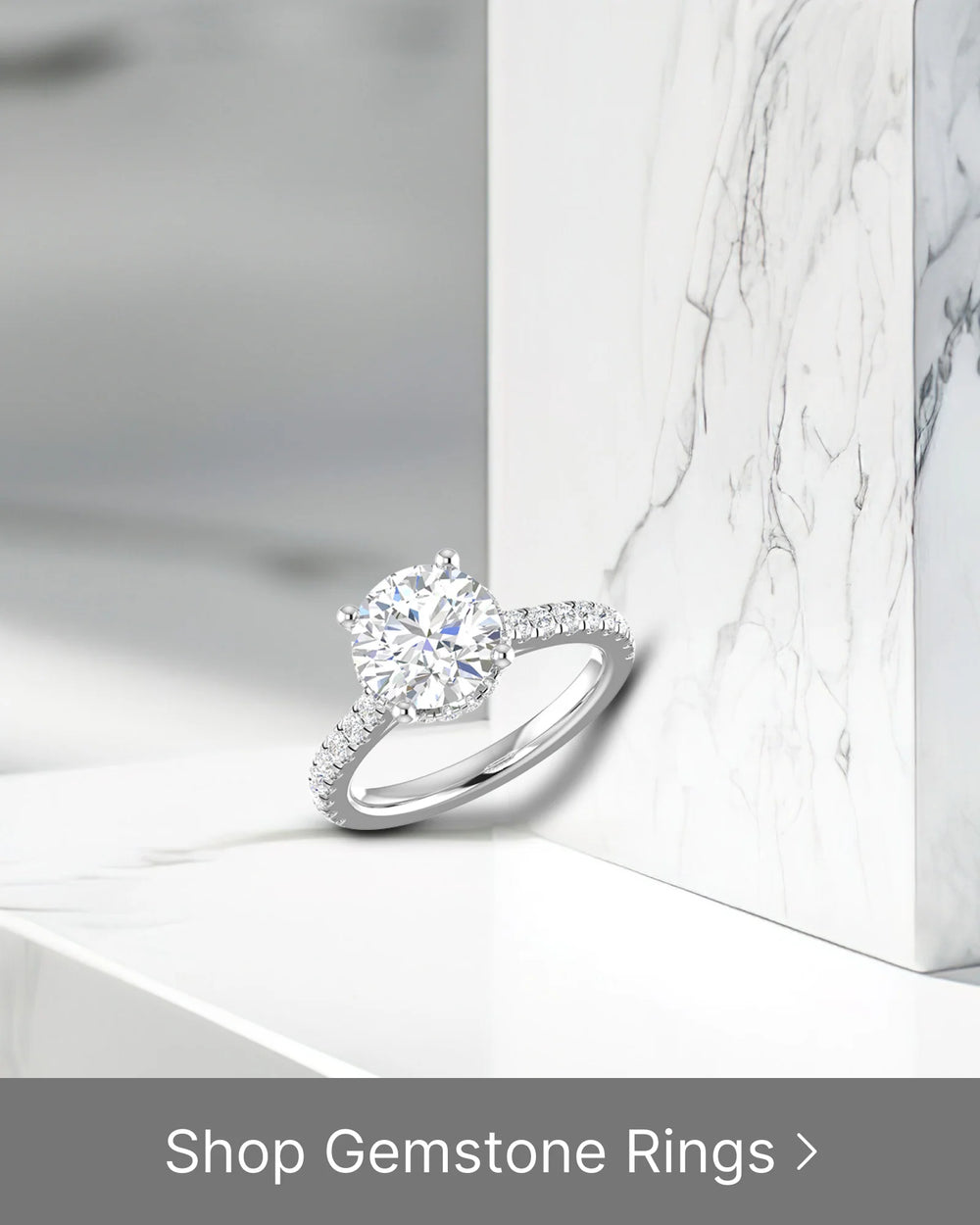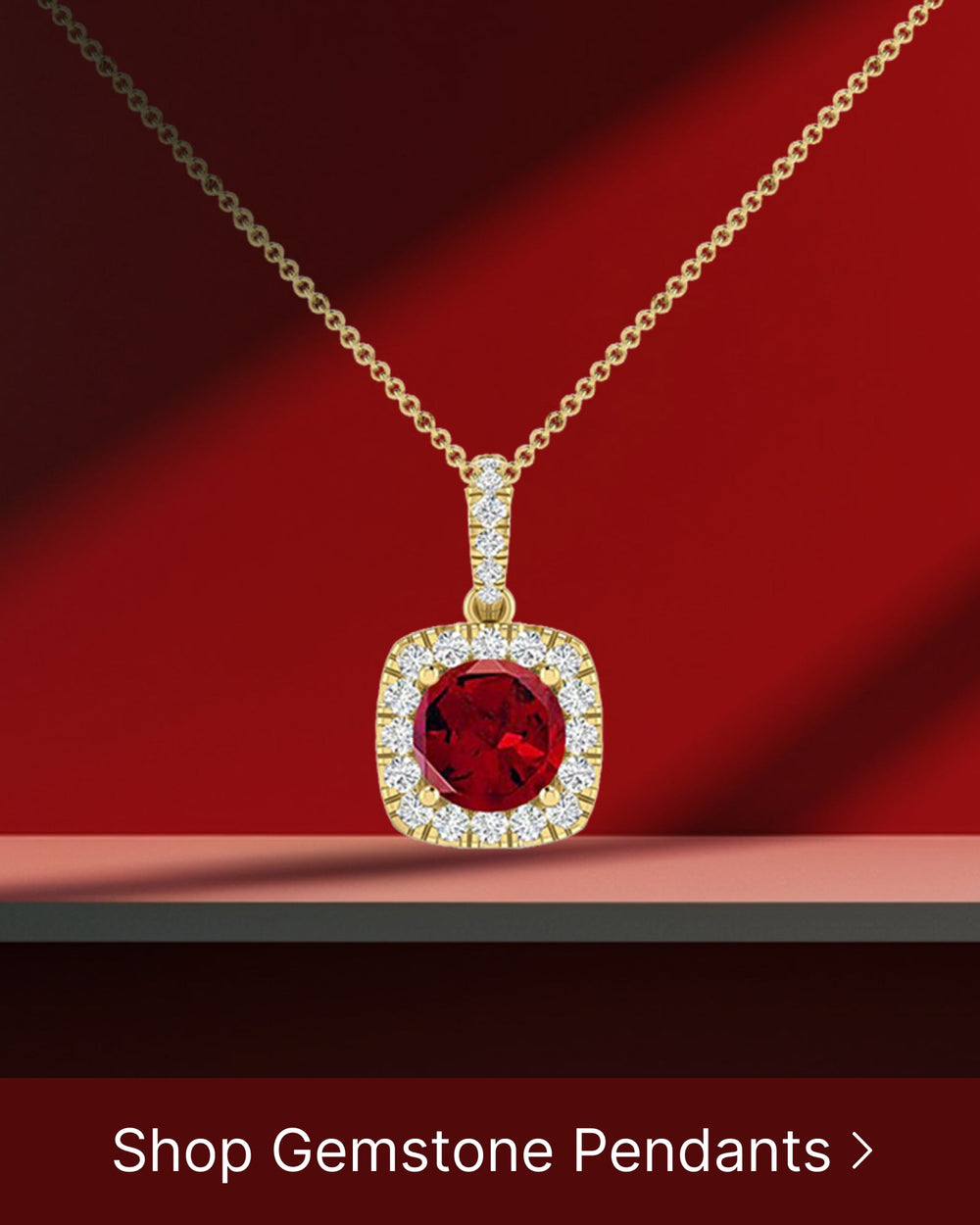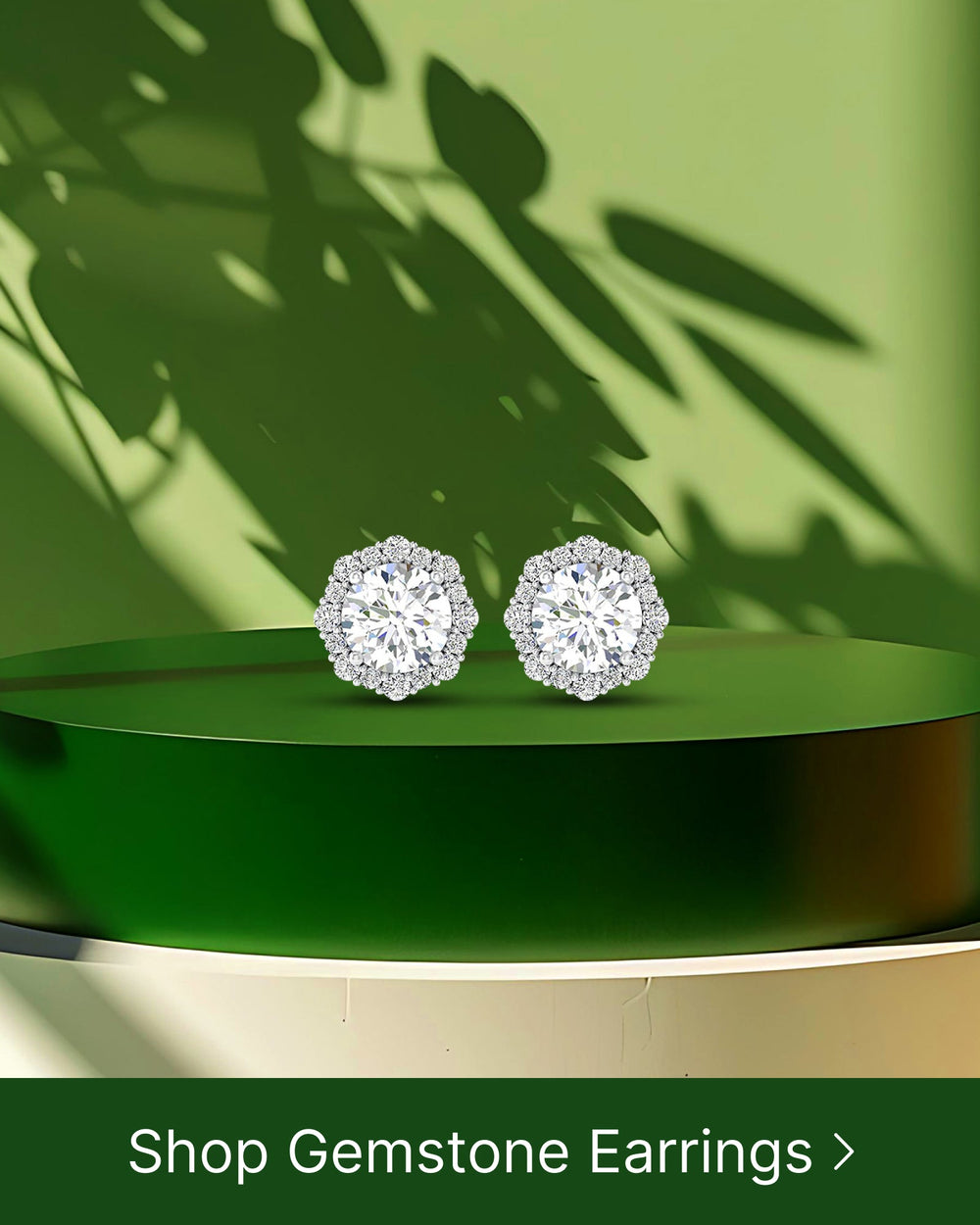Considering the right ring size is crucial when it comes to purchasing men's rings. A well-fitting ring not only enhances the overall appeal but also ensures maximum comfort for the wearer. However, sizing a men's ring accurately can be a bit challenging if you don't have the necessary knowledge and tools. In this comprehensive step-by-step guide, we will walk you through the process of sizing a men's ring correctly. From understanding ring sizes to measuring the finger accurately, we have covered it all. So, let's dive in and unravel the secrets of perfect ring sizing.
Understanding Ring Sizes
Before delving into the actual process of sizing, it is imperative to understand what ring sizes represent. Ring sizes are numerical indications of the circumference or diameter of the inside of a ring, usually measured in millimeters or inches. These sizes are standardized and universally recognized, allowing for easy comparison and selection.
When it comes to ring sizes, there are a few key terms to be familiar with. The circumference refers to the distance around the inside of the ring, while the diameter is the measurement across the widest part of the inside of the ring. Both measurements are used to determine the appropriate ring size.
It's important to note that ring sizes can vary slightly depending on the country or jeweler. In the United States, ring sizes are typically measured on a numerical scale, ranging from 1 to 13, with half sizes available as well. Other countries may use different sizing systems, such as letters or millimeters.
The Importance of Accurate Ring Sizing
Accurate ring sizing is of paramount importance for numerous reasons. Firstly, it ensures the ring sits securely on the wearer's finger without being too loose or too tight. A well-fitting ring enhances comfort and prevents the risk of accidental slipping or getting stuck. Nobody wants to experience the embarrassment of a ring falling off during an important event!
Furthermore, accurate ring sizing is crucial for maintaining the integrity of the ring itself. If a ring is too loose, it can easily become damaged or lost. On the other hand, if a ring is too tight, it can cause discomfort and restrict blood flow to the finger. It's essential to strike the right balance to ensure both comfort and security.
In addition to comfort and security, accurate ring sizing also has practical benefits. By getting the correct size from the start, you can avoid the need for future resizing. This saves both time and money, as resizing can be a costly and time-consuming process. It also minimizes the risk of damaging the ring through repeated resizing attempts.
Standard Ring Sizes for Men
While the ring sizes may vary slightly based on geographical location or jeweler, there are common standard sizes for men. Typically, men's ring sizes range from 6 to 14 in the United States, with half sizes available as well. However, it's important to note that these sizes are not set in stone and can vary depending on personal preference and finger shape.
When determining the appropriate ring size for a man, it's essential to consider factors such as the width of the band and the shape of the finger. Thicker bands may require a slightly larger size to ensure a comfortable fit, while slender fingers may require a smaller size to prevent the ring from sliding around.
If you're unsure about the best ring size for a man, it's always a good idea to consult a professional jeweler. They have the expertise and tools to accurately measure finger size and provide guidance on the most appropriate size for a comfortable and secure fit.
Remember, a well-fitting ring not only looks great but also ensures a pleasant wearing experience. Take the time to find the perfect size, and you'll enjoy your ring for years to come!
Tools Needed for Ring Sizing
Before commencing the ring sizing process, it is essential to gather the necessary tools. These tools will assist in obtaining accurate measurements and ensuring a proper fit. The primary tool for ring sizing is a ring sizer.
A ring sizer is a small, adjustable tool that aids in determining ring size accurately. It usually consists of a set of metal or plastic rings with various sizes marked on them. To use a ring sizer, gently slide the rings over the finger until a comfortable fit is achieved. Note down the corresponding size indicated by the marked line or number on the sizer. This method provides a quick and convenient way to measure ring size.
However, there are other tools that can be used for ring sizing if a ring sizer is not available. These alternative tools can still provide accurate measurements and ensure a proper fit for the ring.
Using a Printable Ring Size Chart
If you don't have access to a ring sizer, one alternative method involves using a printable ring size chart. These charts can be found online and offer a visual representation of various ring sizes. To utilize this method, simply print the chart and follow the instructions provided to accurately measure the finger's circumference.
When using a printable ring size chart, it is important to ensure that the chart is printed at its actual size, without any scaling or resizing. This will ensure accurate measurements and prevent any discrepancies in determining the ring size. Once the chart is printed, carefully cut along the marked lines to create a ring sizer strip.
Next, wrap the ring sizer strip around the finger that the ring will be worn on. Make sure the strip is snug but not too tight. The end of the strip should overlap the starting point, forming a complete circle around the finger. Take note of the number or letter indicated on the strip where it overlaps. This measurement corresponds to the ring size.
It is important to note that different countries may have different ring sizing systems. Therefore, when using a printable ring size chart, make sure to refer to the appropriate chart that corresponds to the country's ring sizing system you are using.
By utilizing a printable ring size chart, you can accurately determine the ring size without the need for a physical ring sizer. This method is convenient and can be easily done at home.
The Process of Measuring a Ring Size
Now that you have gathered the necessary tools, let's move on to the step-by-step process of measuring a ring size accurately. This process involves several stages, starting from preparing for measurement to interpreting the obtained measurements.
Preparing for Measurement
Before measuring the finger, it is essential to ensure the conditions are optimal for accurate results. Make sure the finger is at a normal body temperature, as extremes in temperature can cause fluctuations in ring size. It is best to measure the finger towards the end of the day when it is at its largest size due to normal swelling.
Measuring the Finger
Begin the measurement process by wrapping a strip of paper or a string around the base of the finger you intend to size. Make sure the paper or string is snug but not too tight. Mark the point where it overlaps and measure the distance from the starting end to the marked point with a ruler. This measurement represents the finger's circumference and can be converted to the corresponding ring size using a size chart or a ring sizer.
Interpreting the Measurement
Once you have obtained the measurement, it is important to interpret it correctly to determine the appropriate ring size. Refer to a ring size conversion chart or consult a jeweler to match the measured circumference with the corresponding ring size. Keep in mind that different countries may use slightly different sizing systems, so it is advisable to cross-reference the measurements for accuracy.
Tips for Accurate Ring Sizing
While the process of sizing a men's ring may seem straightforward, there are a few tips and considerations to keep in mind for optimal accuracy.
Best Time to Measure Ring Size
As mentioned earlier, measuring the finger towards the end of the day is recommended, as it is when the finger tends to be at its largest size. This ensures the ring fits comfortably throughout the day, even during periods of mild swelling.
Considerations for Ring Width and Style
Ring width and style play a significant role in achieving the perfect fit. As a general rule, wider rings will require a slightly larger size to accommodate the extra width, while narrower rings may afford a more snug fit. Additionally, certain ring styles, such as bands with intricate designs or gemstone settings, may affect the overall size requirements. It is important to factor in these considerations during the sizing process to ensure the ideal fit for the intended ring style.
Common Mistakes in Ring Sizing
While we have covered the steps for accurate ring sizing, it is also crucial to understand common mistakes that may lead to incorrect measurements.
Avoiding Incorrect Measurements
One common mistake is using a ring sizer or size chart that does not correspond accurately to the intended country's sizing system. Always verify the sizing system being used to avoid discrepancies. Another common error is measuring the finger using a narrow strip of paper or string that may yield inaccurate results. Ensure the measuring tool is wide enough to provide an accurate circumference measurement.
How to Correct a Poorly Sized Ring
If by chance a ring has been purchased or sized incorrectly, there are several options for correcting the size. Rings can be resized by a professional jeweler who specializes in ring resizing. It is essential to choose a reputable jeweler to ensure the resizing is done correctly without compromising the ring's quality or design. However, it is always preferable to measure accurately from the outset to avoid the need for resizing.
Now armed with the knowledge and step-by-step guidance on how to size men's rings accurately, you can confidently embark on your ring shopping journey. Remember, the perfect fit not only ensures comfort but also adds a touch of elegance to the wearer's style. So, go ahead and find that ideal men's ring that will be cherished for years to come.





